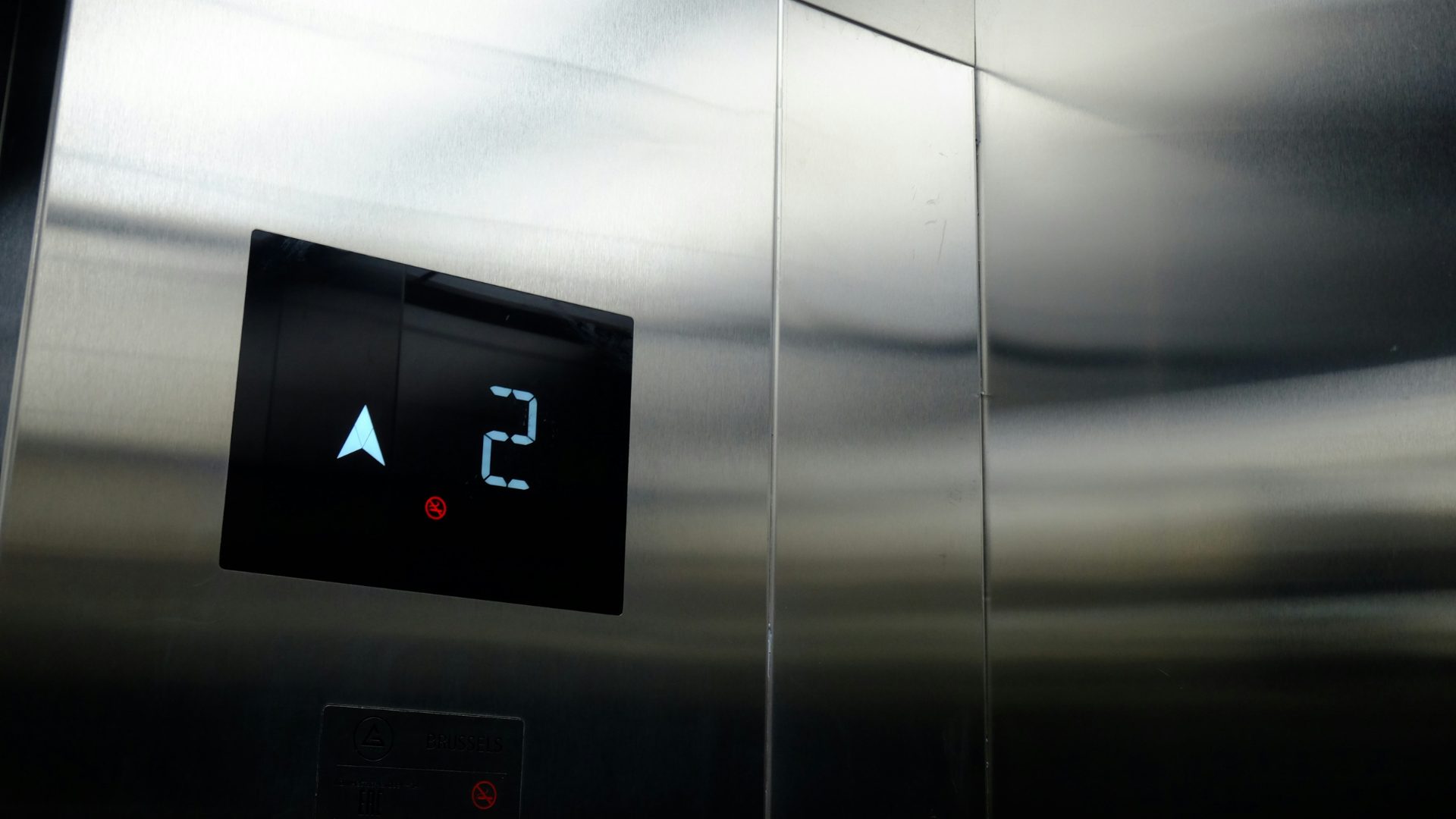The main objectives of Directive 2014/33/EU (Lifts Directive) are i) to guarantee the free movement of lifts and lift safety components within the EU and ii) to ensure a high level of protection of the health and safety of lift users and maintenance personnel.
This harmonised EU legislation governs the design, manufacture and installation of lifts when they are placed on the EU single market. It is primarily of interest to manufacturers and installers of lifts and their safety components, but also has important implications for lift owners and users.
The Lifts Directive does not cover the maintenance and modernisation of lifts, i.e. their useful life after being placed on the market.
This is the responsibility of the national authorities in EU countries.
The Lifts Directive is in line with the policy behind the new legislative framework and has been applicable since 20 April 2016, replacing the previous Directive 95/16/EC.
The Directive was the subject of an evaluation in 2019 which concluded that, at the time, it was fulfilling its objective.
With the Directive entering its tenth year, this new evaluation aims to update the previous evaluation.
More importantly, it aims to assess the evolution of the political context since 2019, the legislative and non-legislative measures that followed the 2019 evaluation and any new issues raised by stakeholders during the consultation.
On the basis of this analysis, the conclusions of the previous assessment will be revised where deemed appropriate.
As well as updating the previous assessment of the five standardised assessment criteria in the Better Regulation Toolkit, the assessment will also take into account a list of issues raised by stakeholders, such as cybersecurity, competition issues facing small and medium-sized enterprises (SMEs), digitalisation, the circular economy, alignment with the new Machinery Regulation, accessibility and the implications of technological progress, such as greater dependence on electronic components.
The evaluation of the Lifts Directive is of interest to anyone who develops, produces, imports, distributes, installs, assesses conformity, maintains, modernises, repairs, recycles, owns or uses lifts and safety components for lifts, or who supervises or coordinates these activities.
Based on the conclusions of the evaluation, the Commission will decide whether the directive needs to be revised to fulfil its objectives.
With a consultation and comment period open until 13 February 2025, the Commission is expected to adopt an initiative in this regard in the second quarter of 2025.
Our team is at your disposal for more information.






